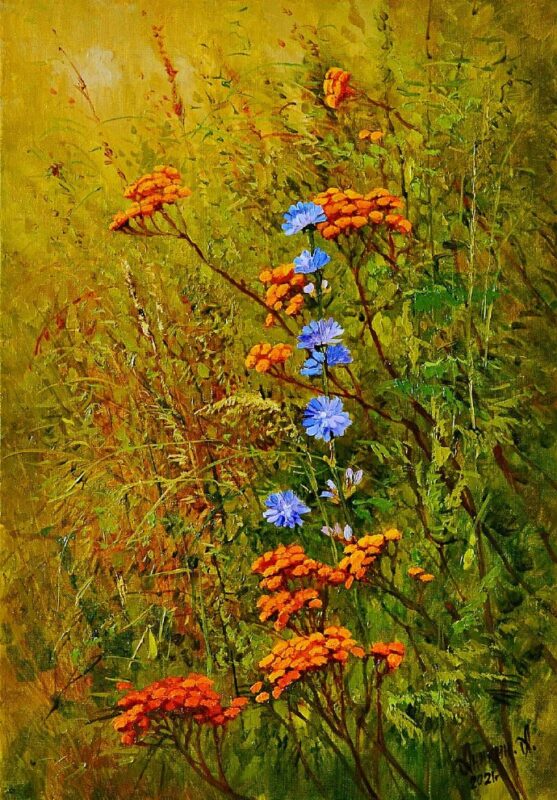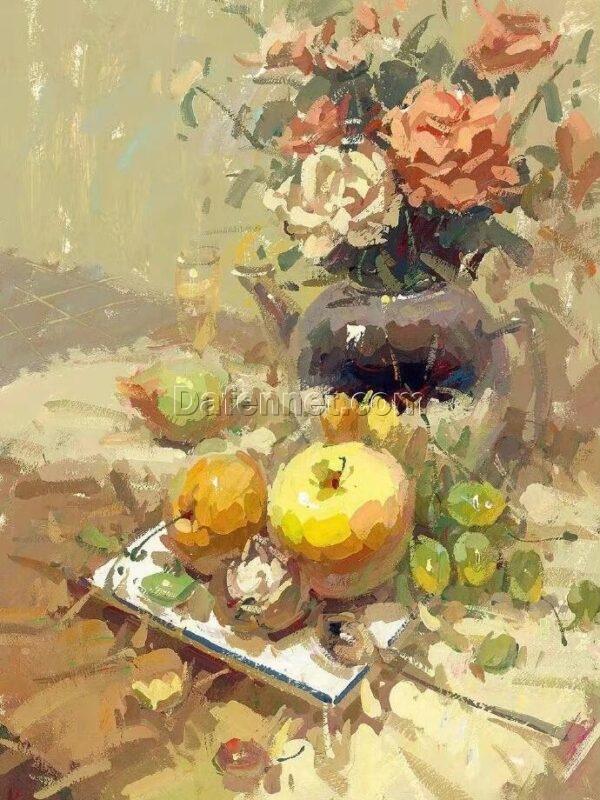Dafen oil painting Village
What’s the difference between gouache and oil painting?

Gouache and oil painting also offer significantly different creative experiences. Gouache dries quickly, requiring artists to use bold, sketch-like strokes to capture fleeting inspiration. This immediacy makes it ideal for time-sensitive creations such as illustration, fashion design sketches, and concept art. In contrast, oil paint’s slow-drying nature allows for careful refinement over time. Rembrandt, for instance, was known to build up dozens of translucent glaze layers on his canvases, using optical mixing to achieve a jewel-like luminosity — a visual richness that remains a hallmark of classical oil painting’s enduring power.
The choice of surface material reveals another layer of contrast between the two media. Gouache is typically applied to absorbent watercolor paper, where the paper’s texture subtly emerges through the pigment, adding a granular visual charm. Oil paint, on the other hand, requires a primed support such as linen canvas or wooden panels. In the 17th century, Dutch masters even developed lead white grounds to enhance reflectivity, a rigorous technique that helps preserve the vividness of oil paintings for centuries.
In contemporary art practices, the boundaries between media are increasingly fluid. David Hockney simulates the translucent brushwork of gouache in his iPad drawings, while some Neo-Expressionist painters in Germany use gouache for preliminary sketches before transitioning to oil. This cross-medium approach reminds us that material differences are not limitations. When the agility of gouache meets the weight of oil, the result can be a richer visual symphony — a poetic fusion of spontaneity and depth.

